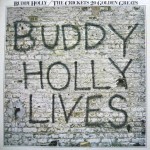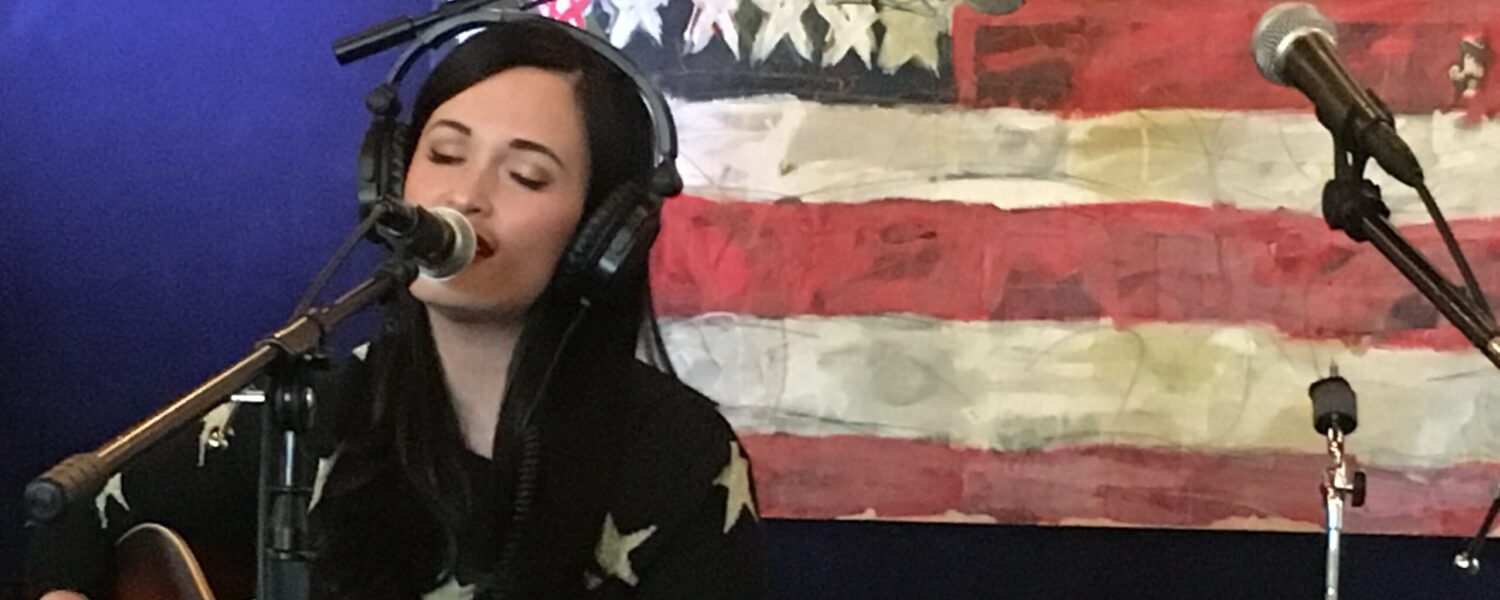 By Marv Wells
By Marv Wells
“Clear Lake/Mason City” the highway sign reads.
How many times have I driven past this exit on 1-35 over the past 30+ years and said “Someday I’ll check it out?” “It” was the site of Buddy Holly’s plane crash in 1959. Somehow I’d gotten the impression that Clear Lake was a ways off, thirty miles or more. Never enough time to make the side trip, until this day.
Earlier, browsing through the tourist brochures at an Iowa Welcome Center, one from Clear Lake caught my eye. It included precise directions to the crash site and the realization that this town was right on the interstate. No matter how long it took, this was the day to see where history was made.
A free city map from the Chamber of Commerce showed that the Surf Ballroom, where Holly, along with Ritchie Valens, J. P. “The Big Bopper” Richardson, Dion and tthe Belmonts, and Frankie Sardo played that fateful February night, was just a few blocks away. It’s a block away from the lake from which the city takes its name and it’s not the original Surf Ballroom. Fire destroyed that in 1947 and in 1948, the current venue, where rock history was made, was built.
Three sightseers were looking around as I drove up. The Surf looks kind of plain on the outside. Apparently it’s more impressive inside, but the building was closed at the time of the visit. It is still being used for concerts and other big events. Z Z Top was scheduled for a show in a few weeks, according to the marquee.
From the ballroom to the crash site is about 6 miles outside of town. It’s easy to find; the roads are marked quite well, even the gravel one. The destination is a bean field, seemingly in the middle of nowhere. There is nothing to indicate the site’s location except a large pair of black eyeglasses and a well-worn, half-mile path along a fence row.
The memorial is pretty simple and low-key: a pair of aluminum wings with the name of the pilot killed in the crash; an aluminum guitar with the three musicians’ names; three chrome “records” with the names of the artists’ hits and the record label they were on. Fans leave their own mementos: pictures, artificial flowers, a hat, handicapped parking hangtags, beads and a couple of scarves hanging from a fence post.
The three people that had been at the ballroom earlier were there and leaving. It’s quiet in the field. An air of solemnity hangs in the air., contemplation of the final moments of those killed in a storm so bad that no attempt was made to recover their bodies until the next day.
After a few minutes, it’s time to leave.
On the way back to the car, two other visitors are walking up the path. That’s six people in less than a half-hour, making their way to pay their respects, on a Monday afternoon, in late September. Straight ahead, probably a mile away, I-35 is visible.
Driving home, I thought more and more about Holly, Richie Valens and the Big Bopper,, and the notion, romanticized primarily by Don McLean, that February 3, 1959 was “the day the music died”. Many proclaim Clear Lake to be “where the music died,” but what really died that day?
Tragically, Buddy Holly, Ritchie Valens, the Big Bopper and the plane’s pilot died. But the music… not by a long shot. The music was still in its infancy, and today, 53 years later, it’s still going strong and growing.
Holly had more hits after his death than when he was alive, thanks to the multitude of studio recordings he had made and not yet released. His innovations in style, recording technique and artistic control continue today.
The Rolling Stones’ first US hit was a Buddy Holly song. The Beatles’ and The Hollies’ names were intended as homages to Holly. A multitude of artists and bands have covered his songs, including Linda Ronstadt, the Nitty Gritty Dirt Band, the Beatles, the Grateful Dead, the Flamin’ Groovies, Foghat, the Everly Brothers, Patti Smith, the Beach Boys, John Lennon, Marshall Crenshaw, and may more. John Lennon, Peter Asher and Elton John were inspired to wear glasses because of Holly.
Ritchie Valens’ short career greatly boosted interest in Latino music and opened the way for the likes of Carlos Santana, Los Lobos and Los Lonely Boys. Group as varied as The McCoys and The Ramones have covered his songs.
So maybe it’s time to do away with thinking that February 3 was “the day the music died”. Maybe we should think of it as the day that began a heightened awareness and an increased appreciation of the still-new kid on the block, American rock ‘n’ roll.

1 comment for “Feb. 3, 1959:The music lives on”